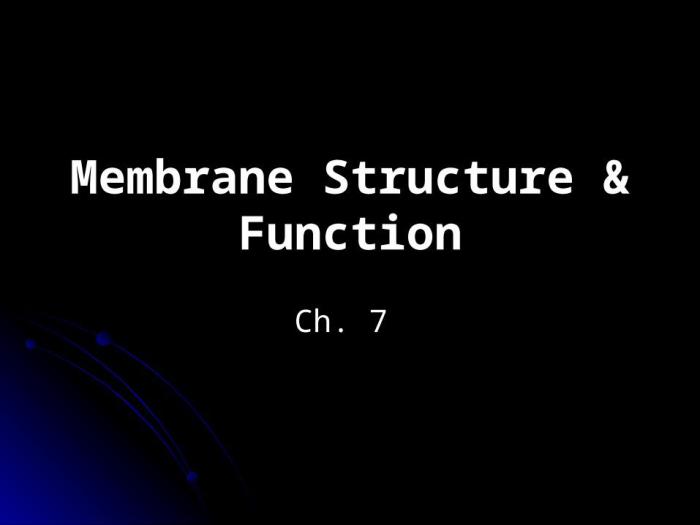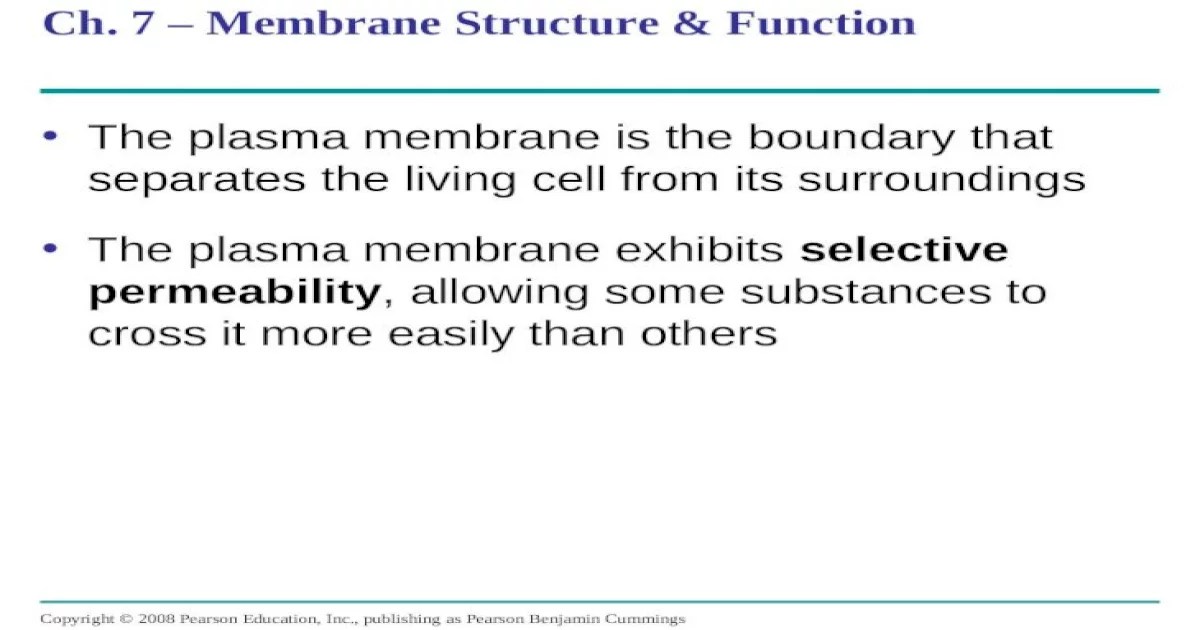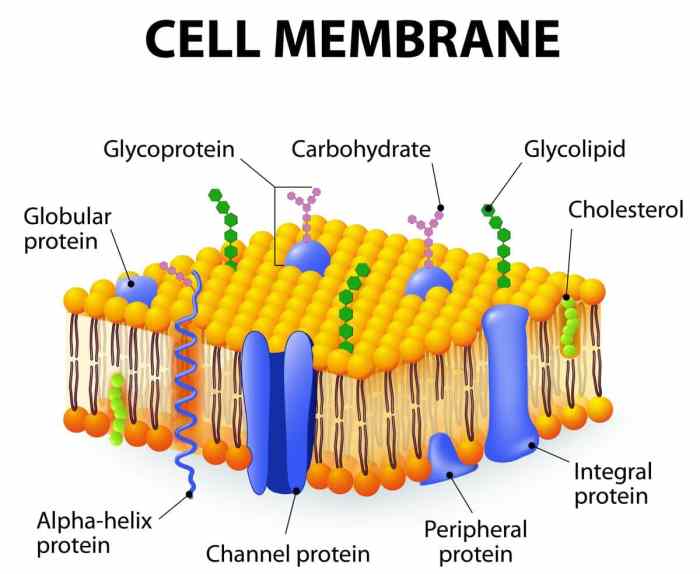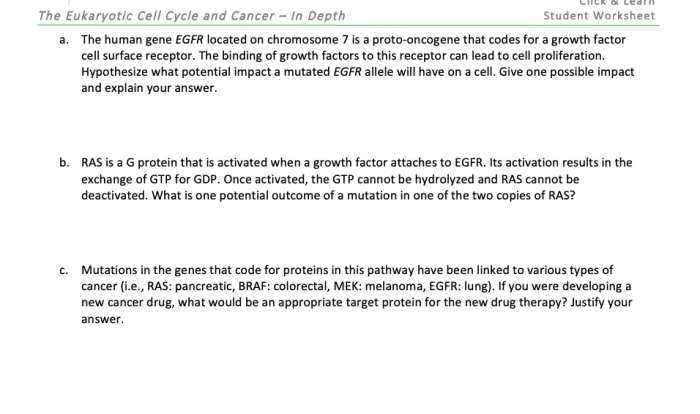Ch 7 membrane structure and function – Embark on an exploration of cell membranes, the gatekeepers of life, in Chapter 7: Membrane Structure and Function. Delve into the intricate architecture of these biological barriers, their pivotal role in maintaining cellular homeostasis, and their remarkable ability to specialize for diverse functions.
Prepare to unravel the secrets of membrane fluidity, transport mechanisms, and membrane potential, unlocking a deeper understanding of cellular processes.
This chapter unveils the intricate dance of lipids, proteins, and carbohydrates within the membrane, shaping its dynamic properties. It elucidates the factors governing membrane fluidity and its profound impact on cell function. Moreover, it delves into the diverse mechanisms of membrane transport, highlighting their essential contributions to cellular life.
By deciphering the establishment and significance of membrane potential, we gain insights into cell signaling and communication.
Membrane Structure

The cell membrane is a thin layer that surrounds all cells and separates their contents from the external environment. It is a selectively permeable barrier, allowing certain substances to enter and leave the cell while restricting the passage of others.
Components of a Cell Membrane
- Phospholipids: The major components of the membrane, phospholipids are amphipathic molecules with a hydrophilic (water-loving) head and a hydrophobic (water-hating) tail. They form a bilayer, with the hydrophilic heads facing outward and the hydrophobic tails facing inward.
- Cholesterol: A steroid molecule that helps to stabilize the membrane and prevent it from becoming too fluid.
- Proteins: Embedded in the lipid bilayer or attached to its surface, proteins perform a variety of functions, including transport, signaling, and cell adhesion.
- Carbohydrates: Attached to the outer surface of the membrane, carbohydrates form a glycocalyx that helps protect the cell and facilitate cell-cell recognition.
Arrangement of Membrane Components
The lipids form a continuous bilayer that provides the basic structure of the membrane. The proteins are embedded in the lipid bilayer, with their hydrophilic regions facing the aqueous environment and their hydrophobic regions facing the lipid bilayer. The carbohydrates are attached to the outer surface of the membrane, forming a glycocalyx.
Membrane Fluidity

Membrane fluidity is the ability of the membrane to flow and change shape. It is important for a variety of cellular processes, including membrane transport, cell signaling, and cell division.
Factors Affecting Membrane Fluidity
- Temperature: Higher temperatures increase membrane fluidity, while lower temperatures decrease membrane fluidity.
- Lipid composition: Membranes with a higher proportion of unsaturated fatty acids are more fluid than membranes with a higher proportion of saturated fatty acids.
- Cholesterol content: Cholesterol reduces membrane fluidity by interacting with the fatty acid chains of phospholipids.
Effects of Membrane Fluidity on Cell Function
- Membrane transport: Membrane fluidity affects the rate of membrane transport. More fluid membranes allow substances to pass through more easily.
- Cell signaling: Membrane fluidity affects the activity of membrane proteins involved in cell signaling.
- Cell division: Membrane fluidity is essential for cell division, as it allows the membrane to invaginate and form the cleavage furrow.
Membrane Transport: Ch 7 Membrane Structure And Function
Membrane transport is the movement of molecules across the cell membrane. It is essential for a variety of cellular processes, including nutrient uptake, waste removal, and cell signaling.
Types of Membrane Transport Mechanisms
| Mechanism | Description |
|---|---|
| Passive transport | Movement of molecules across the membrane from an area of high concentration to an area of low concentration, without the need for energy input. |
| Active transport | Movement of molecules across the membrane from an area of low concentration to an area of high concentration, against their concentration gradient, requiring energy input. |
| Facilitated diffusion | Passive transport of molecules across the membrane with the help of a membrane protein. |
Contribution of Transport Mechanisms to Cell Function
- Passive transport: Allows for the movement of small, uncharged molecules across the membrane without the need for energy input. Examples include the movement of oxygen and carbon dioxide across the membrane.
- Active transport: Allows for the movement of molecules against their concentration gradient, requiring energy input. Examples include the movement of sodium and potassium ions across the membrane.
- Facilitated diffusion: Allows for the movement of larger molecules or charged molecules across the membrane with the help of a membrane protein. Examples include the movement of glucose and amino acids across the membrane.
Membrane Potential
Membrane potential is the difference in electrical charge across the cell membrane. It is important for a variety of cellular processes, including cell signaling, muscle contraction, and nerve impulse transmission.
Factors Contributing to Membrane Potential
- Unequal distribution of ions: The cell membrane is more permeable to potassium ions than to sodium ions, resulting in a higher concentration of potassium ions inside the cell and a higher concentration of sodium ions outside the cell.
- Sodium-potassium pump: An active transport protein that pumps sodium ions out of the cell and potassium ions into the cell, maintaining the unequal distribution of ions.
Role of Membrane Potential in Cell Signaling and Communication
- Action potentials: Rapid changes in membrane potential that travel along the membrane of nerve cells, transmitting information over long distances.
- Synaptic transmission: The transfer of information from one neuron to another, which involves the release of neurotransmitters that alter the membrane potential of the postsynaptic neuron.
Membrane Specialization

Membranes can be specialized for different functions in different cell types. This specialization is achieved through the incorporation of specific proteins and carbohydrates into the membrane.
Examples of Membrane Specialization, Ch 7 membrane structure and function
| Cell Type | Membrane Specialization | Function |
|---|---|---|
| Epithelial cells | Tight junctions | Prevent the movement of substances between adjacent cells. |
| Muscle cells | T-tubules | Invaginations of the plasma membrane that allow for the rapid spread of action potentials. |
| Neurons | Synaptic vesicles | Membrane-bound vesicles that store neurotransmitters. |
Q&A
What is the basic structure of a cell membrane?
A cell membrane is primarily composed of a phospholipid bilayer, with embedded proteins, cholesterol, and carbohydrates.
How does membrane fluidity influence cell function?
Membrane fluidity affects processes such as membrane transport, signal transduction, and cell division.
What are the different types of membrane transport mechanisms?
Membrane transport mechanisms include passive diffusion, facilitated diffusion, active transport, and endocytosis/exocytosis.
What is membrane potential and why is it important?
Membrane potential is the difference in electrical charge across the membrane, which is crucial for cell signaling, communication, and energy production.
How can membranes be specialized for different functions?
Membranes can be specialized for functions such as ion transport, cell adhesion, and signal transduction by incorporating specific proteins and carbohydrates.
